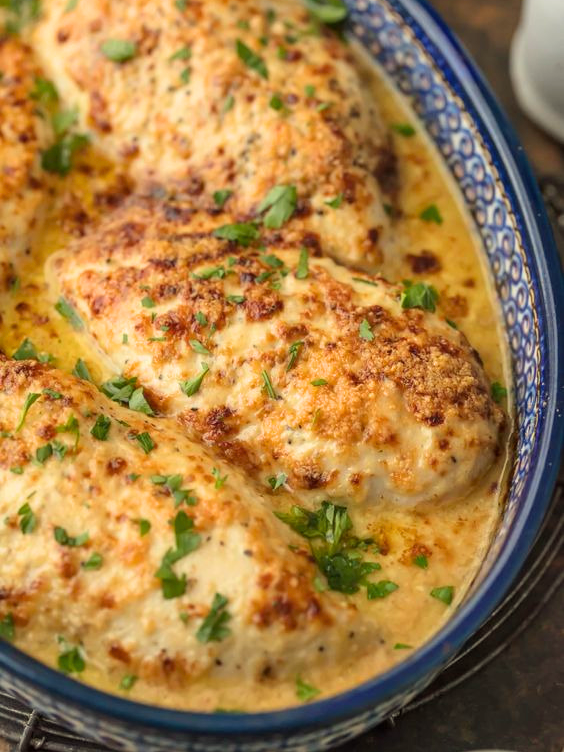Creamy Lemon Chicken
prep time: 25 MINUTES, cook time: 35 MINUTES, total time: 1 HOUR. This Lemon Chicken recipe has a Creamy, flavorful sauce with a hint of tang! BONUS: There is plenty of sauce in this recipe to pair this with pasta. Ingredients Chicken 2 large boneless skinless chicken breasts Lemon pepper seasoning 1/2 cup all-purpose flour ¼ cup Parmesan cheese, finely grated 1 teaspoon garlic powder 1/4 cup olive oil Sauce ½ cup dry … Read more



